Screen lock Nauerna
One of the most important locks in North Holland, the so-called Nauernasche or Schermersluis, has been located in the hamlet of Nauerna since the 17th century. For centuries it played a crucial role in the drainage and shipping of North Holland. This lock was the work of one of the most famous lock builders of the 17th century and takes its name from the reclamation area that had it built, the Schermer.
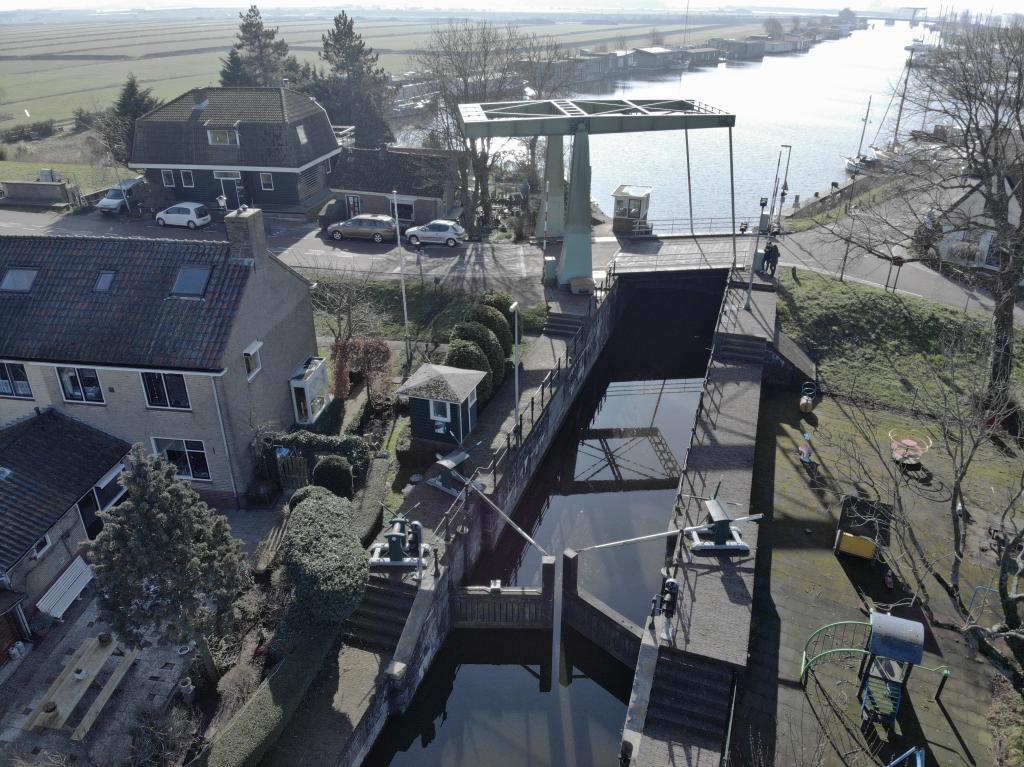
The Schermer Lock was part of the water works required when the Schermer Lake was drained in the years 1633-1635. As a result, the so-called Schermerboezem lost 6349 hectares of water storage capacity. The basin manager, the Hoogheemraadschap van de Uitwaterende Sluizen, therefore demanded that wider drains be constructed, to the Zuiderzee in the north and to the IJ in the south. To save costs, the Twisch waterway, which ran between Assendelft and Westzaan, was further excavated to the north and widened into a canal. This drained the excess water from the ring canal of the Schermer near the hamlet of Nauerna into the IJ.
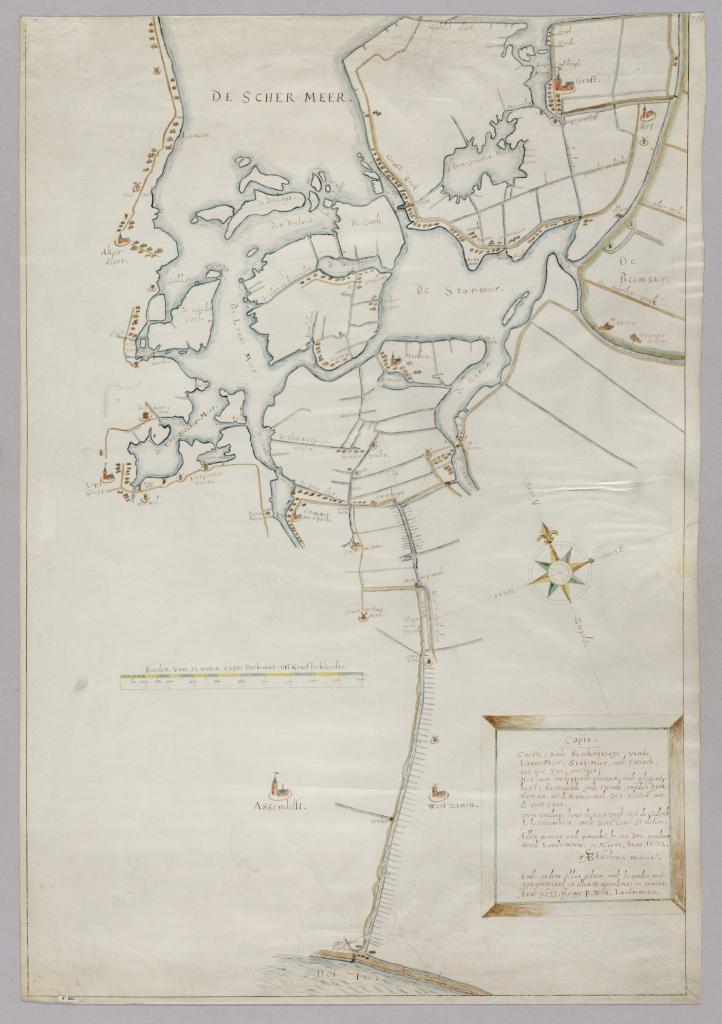
The city of Alkmaar had a great interest in the reclamation of the Schermer and therefore took the initiative for this project. Many smaller and larger lakes around the town had already been reclaimed and the polder farmers preferred to sell their products in the markets of the nearest town. Purmerend benefited greatly from the reclaimed Beemster and Alkmaar expected the same from a reclaimed Schermer.
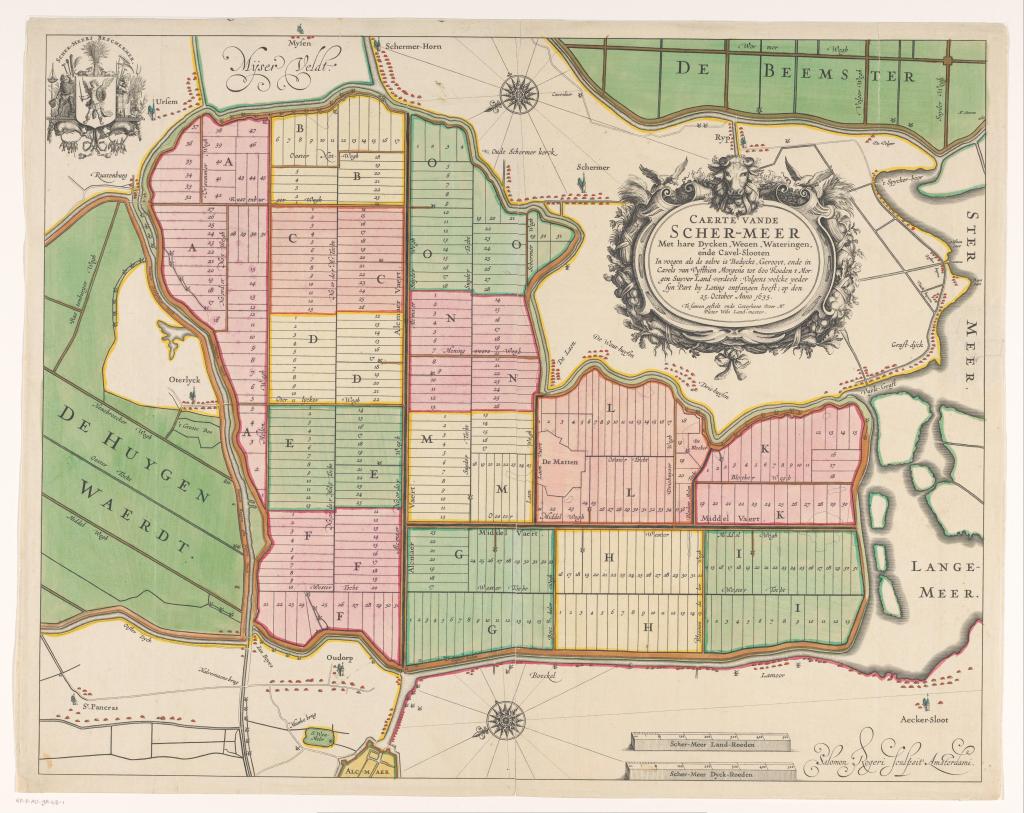
At the end of the canal, a large lock was made in the seawall along the IJ. This served not only to drain excess water, but was also important for shipping traffic. The lock was designed by Alkmaar-based innkeeper and lock builder Willem Jansz Benning (1569/70-1636), a contemporary of the famous Jan Adriaensz Leeghwater. Benning was first a lockkeeper in Edam and later a designer of locks at home and abroad. In Zijpe, he rebuilt the Grote or Oudesluis lock in 1631. The Schermer lock was built between 1633 and 1634 after the example of this sea lock.
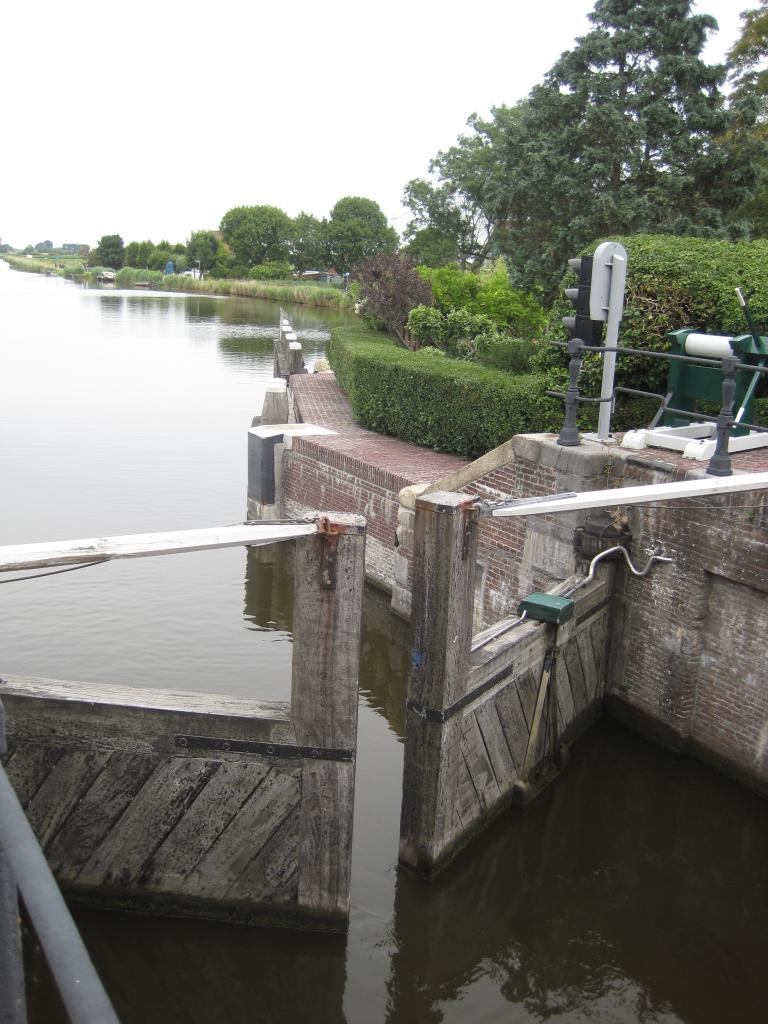
The Alkmaar city council hoped that the new lock and drainage canal would also open up a new trade route, like a kind of North Holland Canal. However, Haarlem and Amsterdam balked at this, fearing for their trade. The reclaimers of the Schermeer were obliged to close the lock with a beam for ships with fixed masts, which thus had to continue sailing via the Zuiderzee. Amsterdam and Haarlem kept a suspicious eye on the lock thus "covered up. When it turned out that in 1654 the beam had been raised, they enforced that it be reattached to the old height.
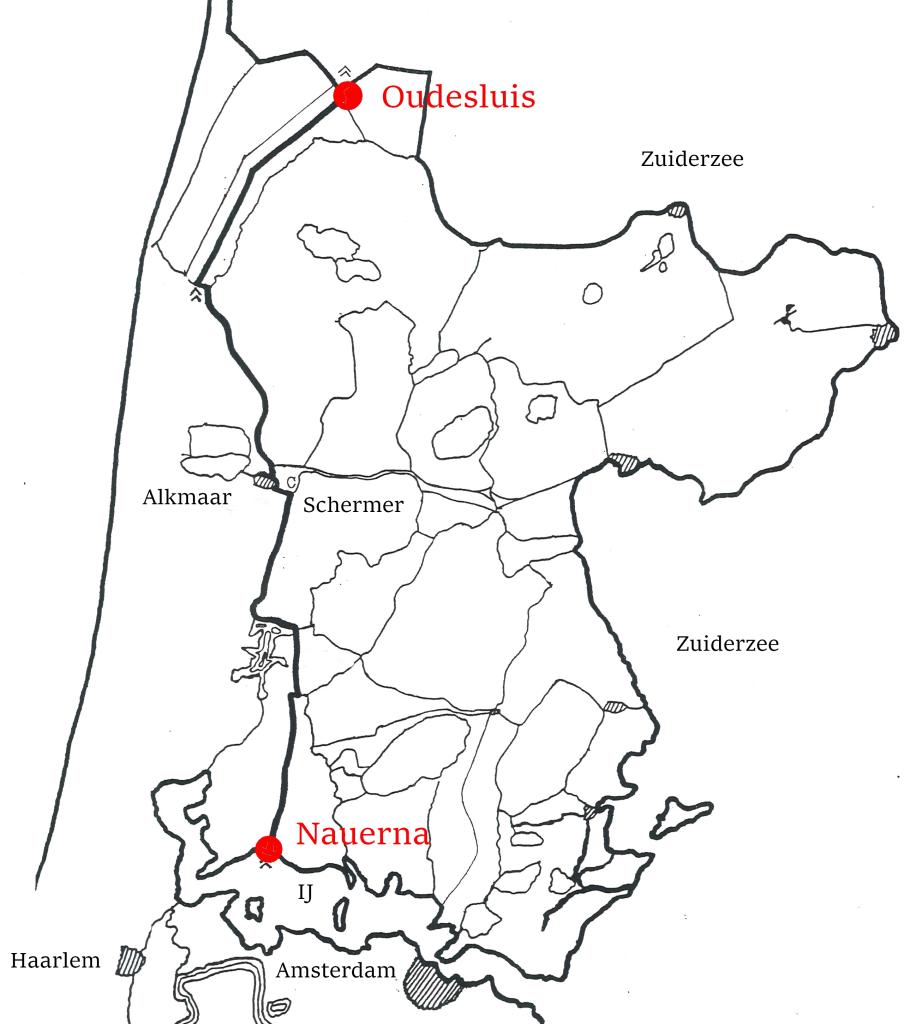
The beam laid across the lock chamber was not removed until shortly after 1800. Amsterdam and Haarlem could no longer stop it due to constitutional changes. The lock was so outdated that it was almost completely renewed in 1800, after the Schermer polder administration had with great difficulty scraped together sufficient funds. Two simple memorial stones in the lock, renewed in 1940, recall those who carried out the work and the administrators of the time. When the lock was completed, the water board was able to pass through it for the first time without lowering the mast.
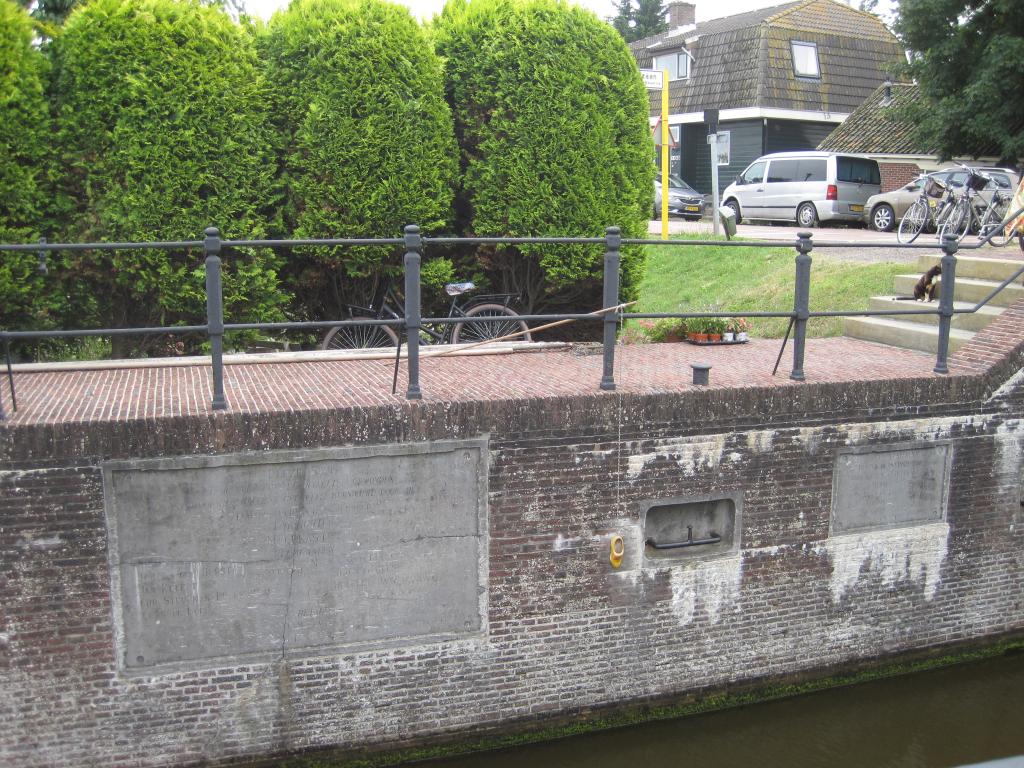
The lock was rebuilt several more times after 1800. The current drawbridge dates from 1959. On both sides of the inner lock head is a capstan. These open and close the lock gates. A third capstan once operated the rinket. The "watchers" or "tide-guards," a kind of large floats on chains that can be hung down, prevent the lock gate from opening completely and disappearing into the door case, so that when the direction of flow is reversed, the lock gate will close.
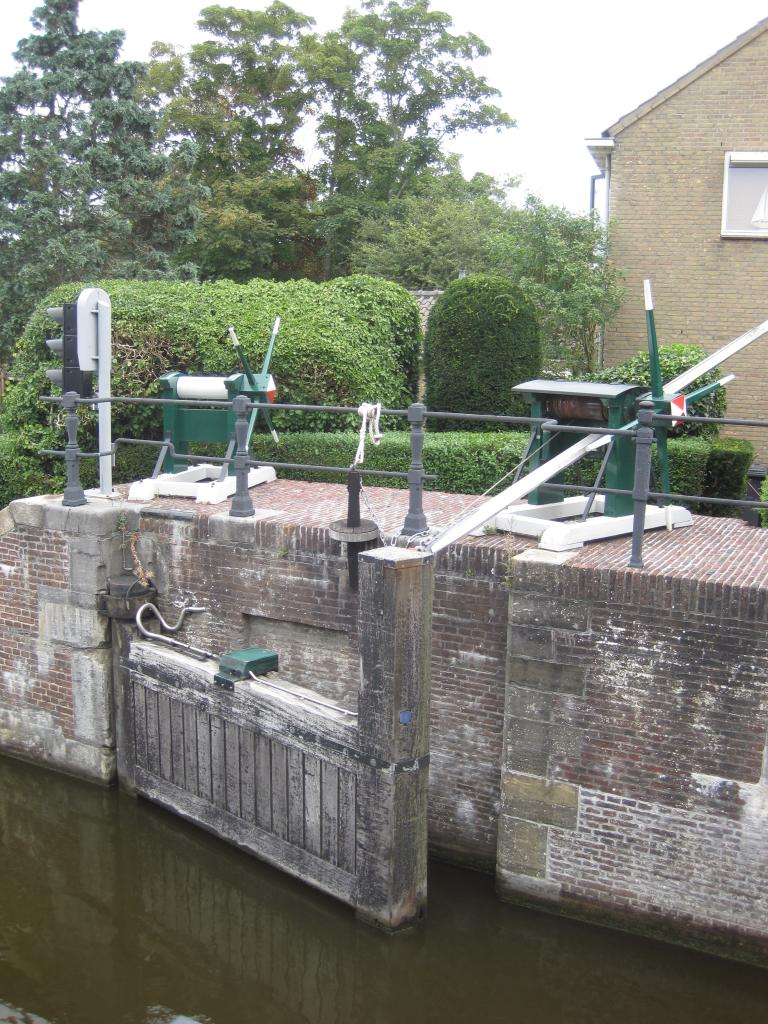
The Schermer lock has long been operated by members of the local Schoone family. The first lockkeeper in the Schoone family was also a miller at the Pauw, an oil mill that was demolished in 1896 but rebuilt in 2017 as a hemp beater. Since 2021, the fifth generation has been running as lockkeeper. Especially on summer weekends, many ships and small vessels are still "shuttled" and lock and bridge are constantly open.

Additional
- The Schermersluis is on the hiking trails of the Nauern route and the Assendelft route, among others.
- Those who cycle the North Sea Canal Route will also pass over the Schermer Lock.
- That includes those who bike the Oer-IJ route.